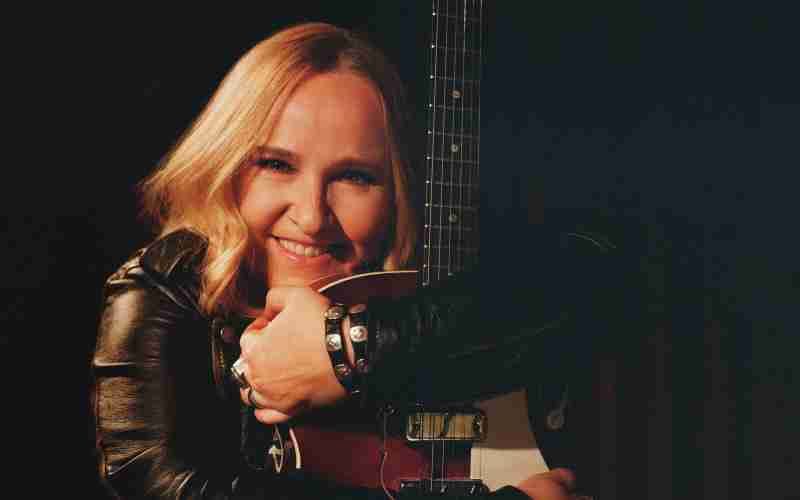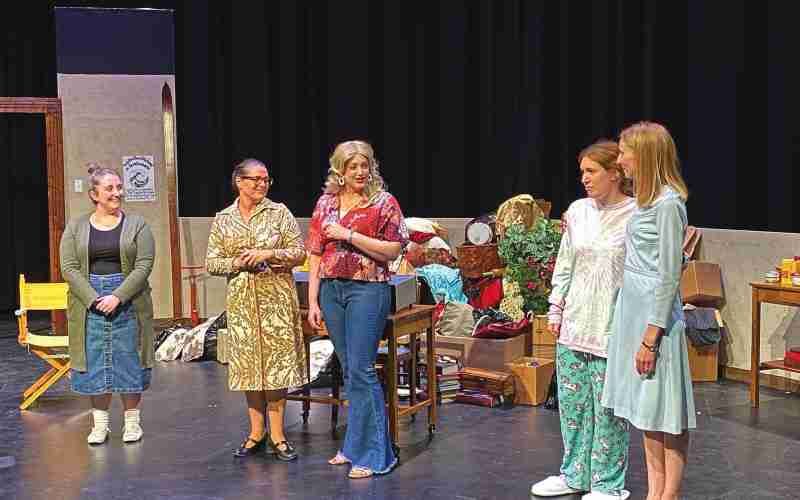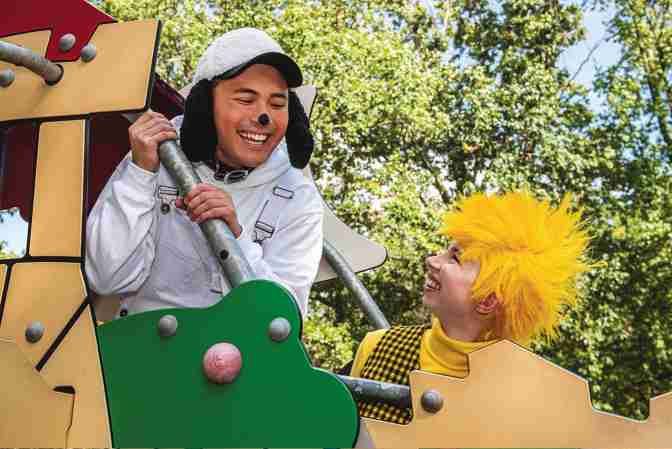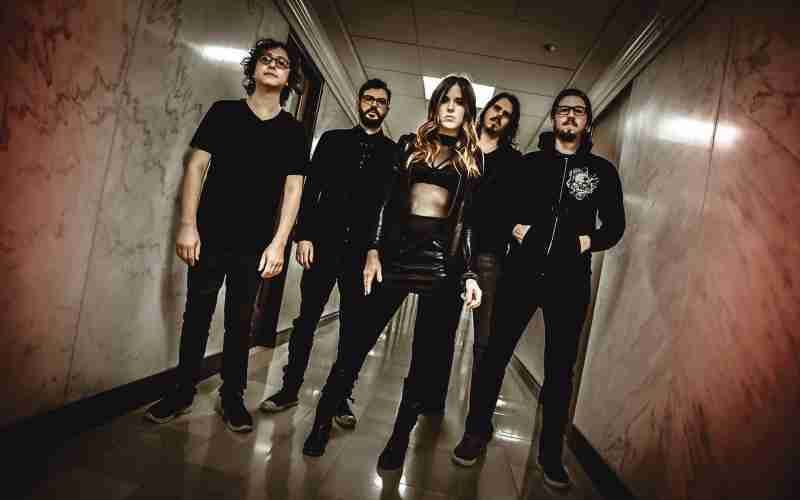If you want to know what Melissa Etheridge is all about, find a video of Etheridge and Joss Stone performing songs made famous by Janis Joplin at the 2005 Grammy Awards. Stone comes on stage first and does a tolerable version of “Cry Baby,” although the difference between her rendition and Joplin’s is “the difference between the lightning bug and the lightning,” to misappropriate a Mark Twain quote.
Then Etheridge comes out.
She’s bald from chemotherapy, and unlike many performers in similar circumstances, Etheridge does not hide her baldness with a hat or wig.
Despite her illness, Etheridge blows the doors off the place. Not just the doors of the building she is in, but the doors of the buildings all around. If Joplin had been alive to see it, she might have started taking notes.
Etheridge performs at the Honeywell Center in Wabash on Sept. 29.
Being a Thriver
Etheridge is not just a survivor. She’s a thriver.
She has found a way to thrive her way past broken relationships, cancer, and the death of a son. She thrived her way through the pandemic by performing daily concerts on Facebook Live and by releasing an album of spiffed-up outtakes from previous projects. She thrived her way through cancer by seeing it as a gift.
“I touched the part we’re all trying to get to,” Etheridge told Curve Magazine, “and all it was was just being still. I just am, and I’m beautiful and amazing and powerful, and everyone is, and there’s just love.”
Etheridge was born in Leavenworth, Kan., in 1961. She attended the Berklee College of Music, which means she thrived her way from Kansas to Boston — no mean feat.
She moved to Los Angeles before graduation because she was itching to attempt the sort of career that cannot be achieved in the halls of Berklee.
She was discovered performing in lesbian bars by Island Records chief Chris Blackwell, who was probably not a lesbian himself. Neither was Etheridge, at least not as far as the official record was concerned. This was a time in entertainment history when mainstream performers couldn’t be open about their non-heterosexuality.
“Being gay was something in the back of your mind where you worried, ‘Am I sick? Am I mentally ill? What does this mean?’” she told The San Diego Union Tribune. “And because I had a huge drive to be a rock n’ roll musician, that was my excuse to get out of town. I knew I couldn’t be this gay person in this small town. I knew big cities were a safer place to be.”
Surprising Success
Her 1988 debut album was an underground hit. Her first aboveground hit was her fourth album, Yes I Am, released in 1993. That was the year she came out as a lesbian, a divulgence referred to in the album title. Many hits and Grammys ensued.
Suddenly, Etheridge was a gay icon beloved by a mainstream audience. There hadn’t been many before her.
“When these magazines land in small towns, like the one where I grew up, it helps support people and makes them stronger and more confident,” she said. “And we all are better off when individuals are confident in their own skin and accepted and recognized for what they are. That’s better for everyone.”
Tragedy and Triumph
“Into each life some rain must fall,” Longfellow wrote.
Etheridge’s success didn’t stop the rain. In 2004, she was diagnosed with breast cancer. Nothing was the same after that.
“…it changed my life, my outlook on life, everything I think about it,” Etheridge said. “It changed my writing, it just had to.”
In 2020, her son Beckett Cypher (conceived through artificial means with former partner Julie Cypher) died at 21 after a long struggle with opioid addiction.
“You want to help your child,” Etheridge told Rolling Stone magazine. “You want to make them all better. He was a young adult. There were things out of my control, of course, and there came a time when I needed to really sit down with myself and say, ‘I can’t save him. I can’t give up my life and go try to live his life for him.’”
Etheridge had to grapple with the idea that he might not win this battle.
“But I had to be able to go on living,” she said. “Of course, it’s nothing a parent ever wants. But, as a human being, I just needed to be at peace with a troubled son who did the best he could, who believed what he believed, and then his life ended way, way too soon.”
Etheridge said that part of her will always wonder if she could have done more, but that part gets smaller every day.
“…because it doesn’t serve me anymore, and where he is now, he certainly doesn’t want me to take that on,” she said. “So, you know, if that can help any parents who might be torturing themselves with that — I believe life is meant to be lived with as much joy as we can.
“But life is also contrast. Life is also up and down. I’ve lived enough of it now to know. And you can’t lay down. You can’t be shattered. You can’t die and give up. You know, that’s what my son did. It’s to be lived. It’s to learn. I still struggle with it, but that’s what I can say.”
 Submit Your Event
Submit Your Event



